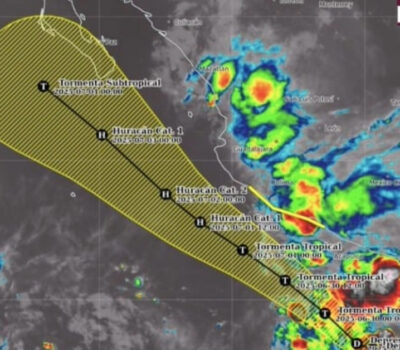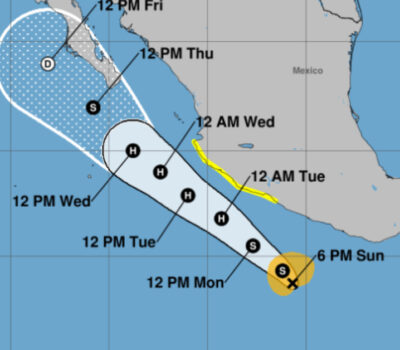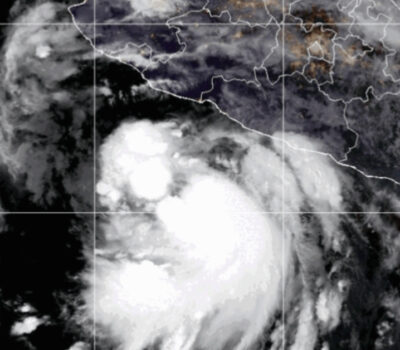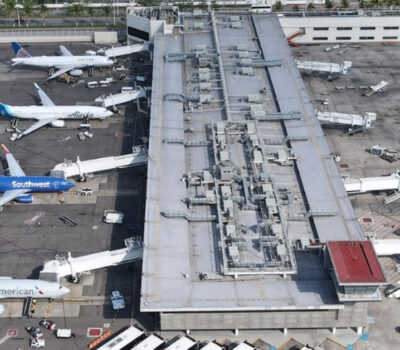It’s still clear the community mood on support for (ill-defined) measures to combat climate change has increased in intensity since Abbott won the 2013 election – a victory in part predicated on abolishing Labor’s hated carbon tax.
Australia has pledged to reduce greenhouse gas emissions by 26-28% by 2030, from 2005 levels, but the plans have been criticized by environmental campaigners for falling behind other countries. The EU has committed to reducing emissions 40% below 1990 levels by 2030.
This is the target that the independent Climate Change Authority says Australia should be trying to achieve within 5 years, rather than 15, and it is less than half the 40-60 per cent reductions for 2030 recommended by the CCA.
The report notes research demonstrates some politicians and business leaders are increasingly out of touch with strengthening public attitudes on climate change and related solutions.
It is, after all, a government that has already canned the carbon price, slashed the renewable energy target and dismantled numerous other incentives and institutions. It may be that we should be surprised that the Coalition has come this far at all.
“Australia’s weak target is another serious blow to its worldwide reputation”, said Marshall Islands foreign minister Tony de Brum. Emission targets are very sensitive to the baseline year chosen.
Diplomatically, the Abbott government has done the bare minimum it can to avoid being a climate pariah at the Paris summit in December.
Critics say it leaves Australia horribly exposed to the economic and technology changes that are sweeping the world, as evidenced by a new report highlighting how large-scale solar is cheaper than imported coal, and the abandonment of the Adani coal project by the last major bank supporting it.
The Australian government will announce just how much it plans to cut carbon emissions by 2030 on Tuesday.
CLAIM: Australia’s target is the highest reduction on a per capita basis.
In recent years, Australians have tended to be more concerned about the cost of climate-friendly policies than the potentially hazardous consequences of not acting to protect the environment.
The real meaning of those numbers depends on what year’s levels each country based the cuts.
Mr Abbott announced that Australia would cut emissions by 26 to 28 per cent of 2005 levels by 2030 – a target well below the average of about 36 per cent amongst developed nations.
“The target that they have put on the table is well below the efforts of the USA, China, and UK and nowhere near enough to reduce the risk of catastrophic global warming”, Walker said.
“This is a critical test for Tony Abbott. This government is dangerously out of step on the most pressing issue of the 21st century”.
Australia has one of the highest emissions rate per head of population (as can be seen on the graph below).
Mr Hunt did not refute the prospect that the cuts would also rely on the decline in Australia’s manufacturing industry – the most heavy-emitting sector in the economy; but he would not detail what assumptions were made in the government’s modelling.
“The government and the opposition have an opportunity to join mainstream Australian attitudes with climate commitments and policies which can limit carbon pollution, encourage renewable energy and clean up our energy system”, said John Connor, CEO of The Climate Institute.
“It’s a defeatist target that shows no faith in the ability of Australians to adapt, innovate and make the transition to a clean economy”.
It's still clear the community mood on support for (ill-defined) measures to combat climate change has increased in intensity since Abbott won the 2013 election - a victory in part predicated on abolishing Labor's hated carbon tax.











